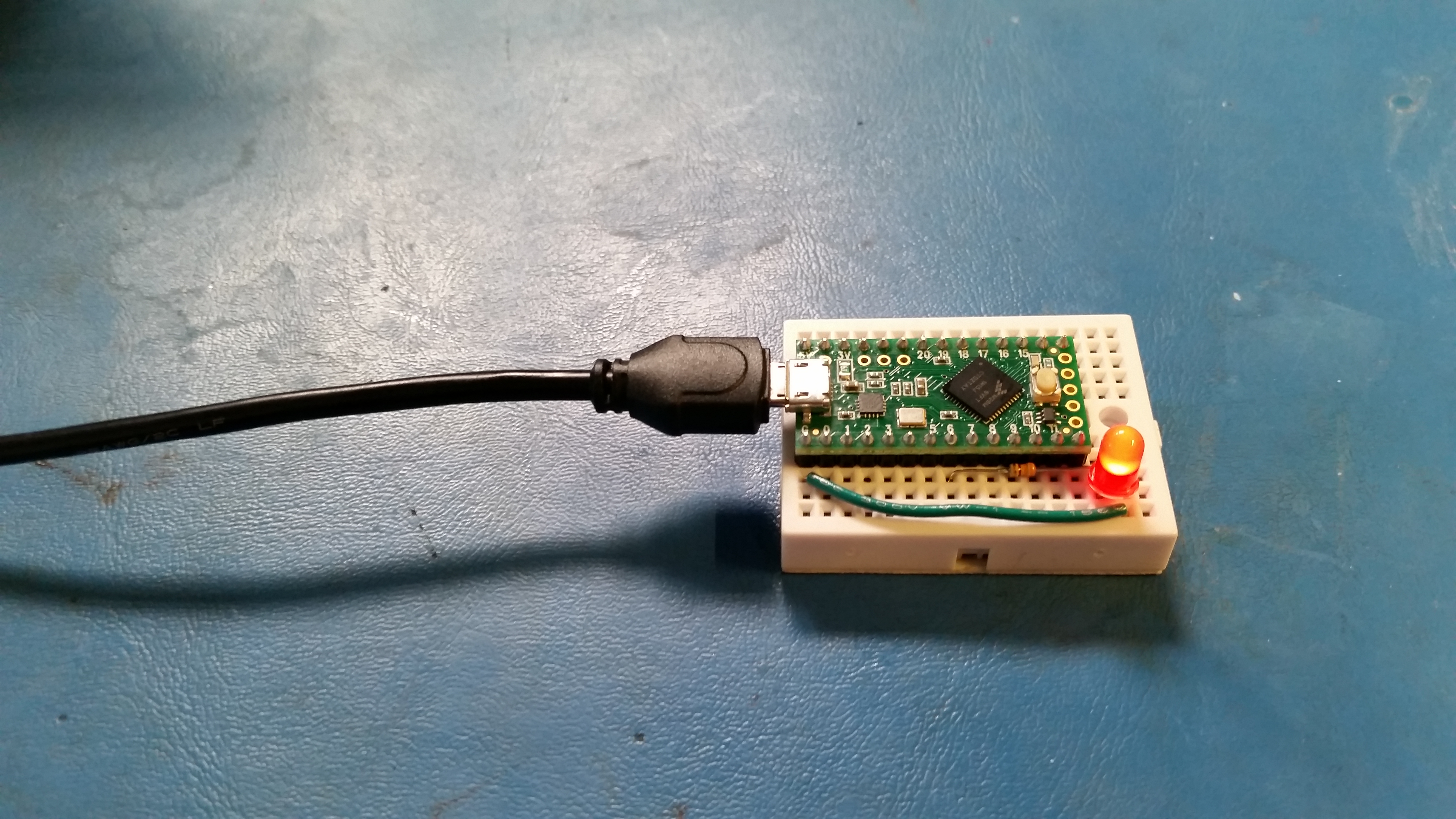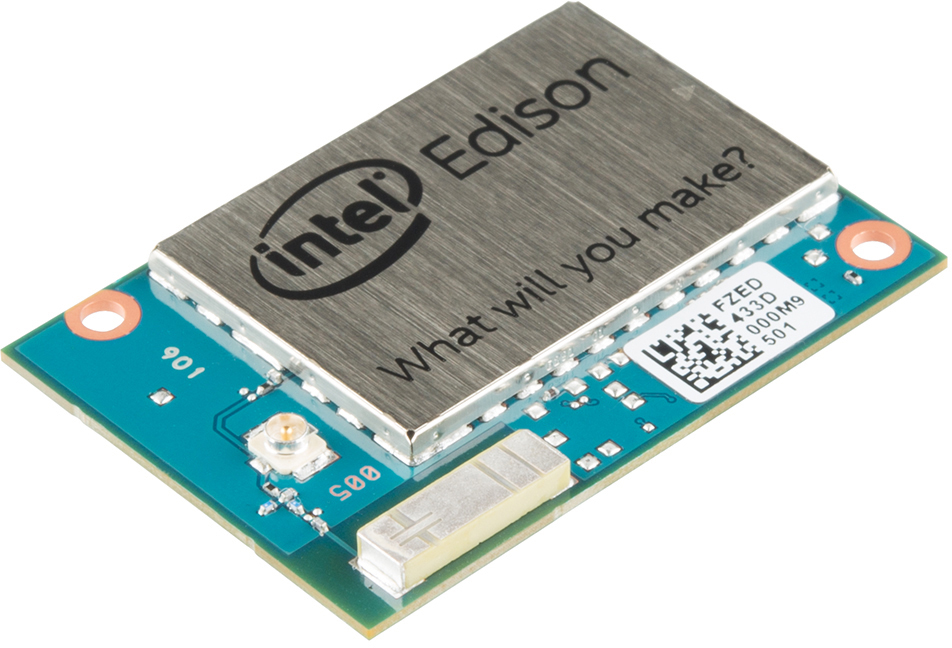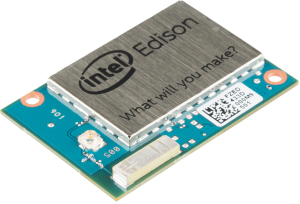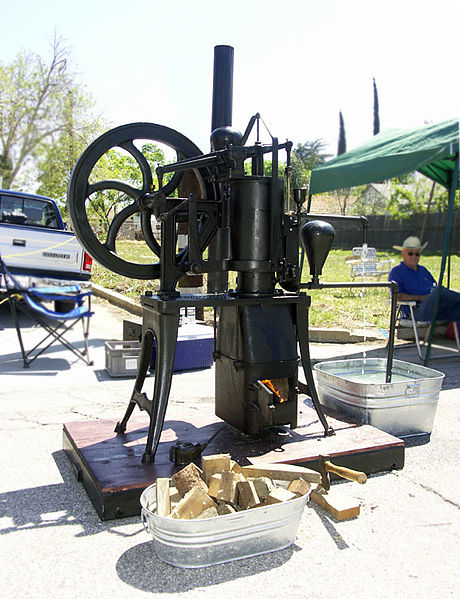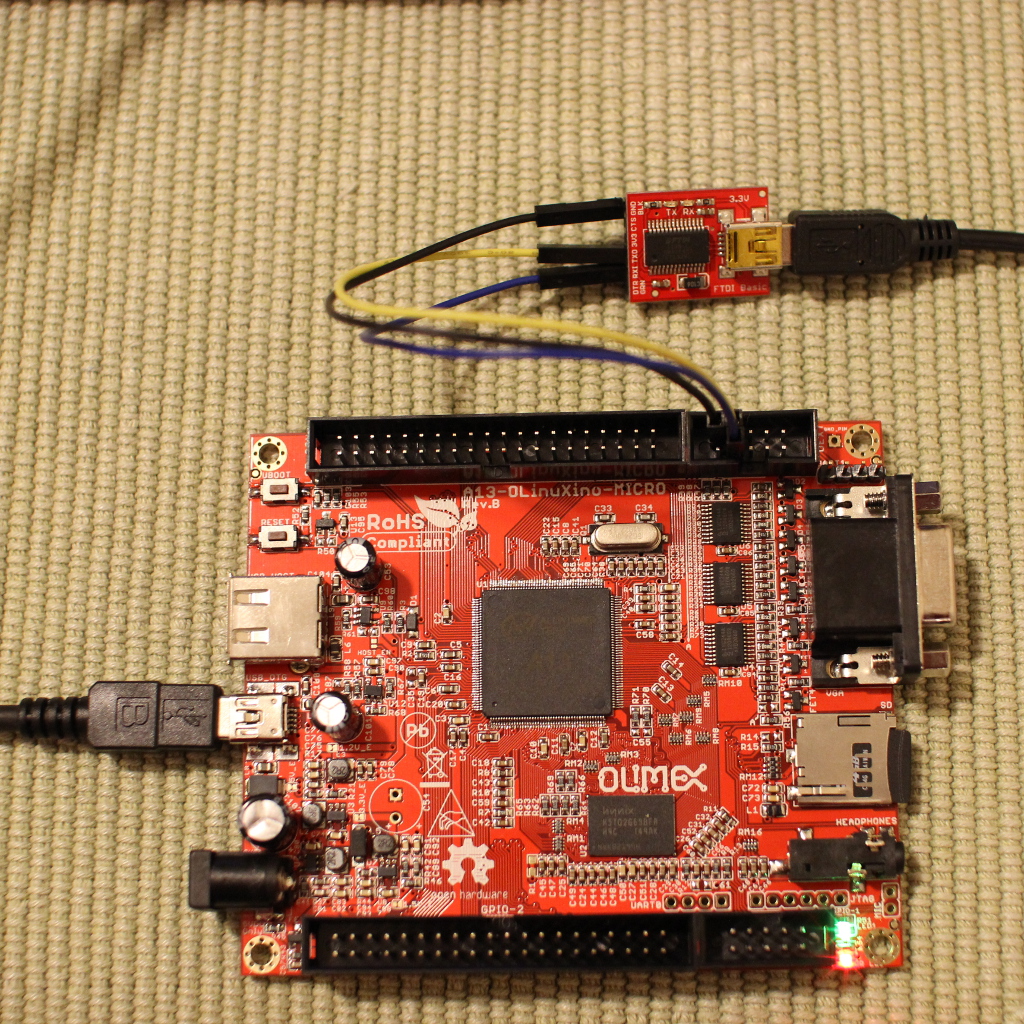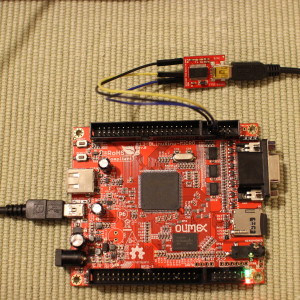I’m in the process of learning how to use the Teensy LC, which is the newest Arduino-compatible module from PJRC. It is built around the MKL26Z64VFT4 (ARM Cortex-M0+), which can be had for around $2.20 for 100 (according to Digi-Key). I really like the microcontroller, as it is much more powerful than the ubiquitous ATmega 328p (not that I don’t like the 328p) for about the same price.
The awesome people at PJRC have gone through the process of creating a set of libraries and hardware definitions so that you can program the entire Teensy line from Arduino. It is quite slick, and if you have not tried it yet, I suggest you give it a shot. It does require installing some software on top of the Arduino IDE, but it opens up the world of ARM to Arduino users.
Because I have decided to use the Teensy LC (or, more specifically, the MKL26Z64VFT4) for a personal project, I wanted to learn how to manually set up interrupts. As it turns out, ARM interrupts are more complicated than the interrupts found in most ATmega processors. More importantly, I wanted to learn how to do this from the Arduino IDE (because reasons). PJRC still has many of the labels for registers and bit fields set to the Teensy 3.1, which work well enough for the Teensy LC, but might not be correct.

